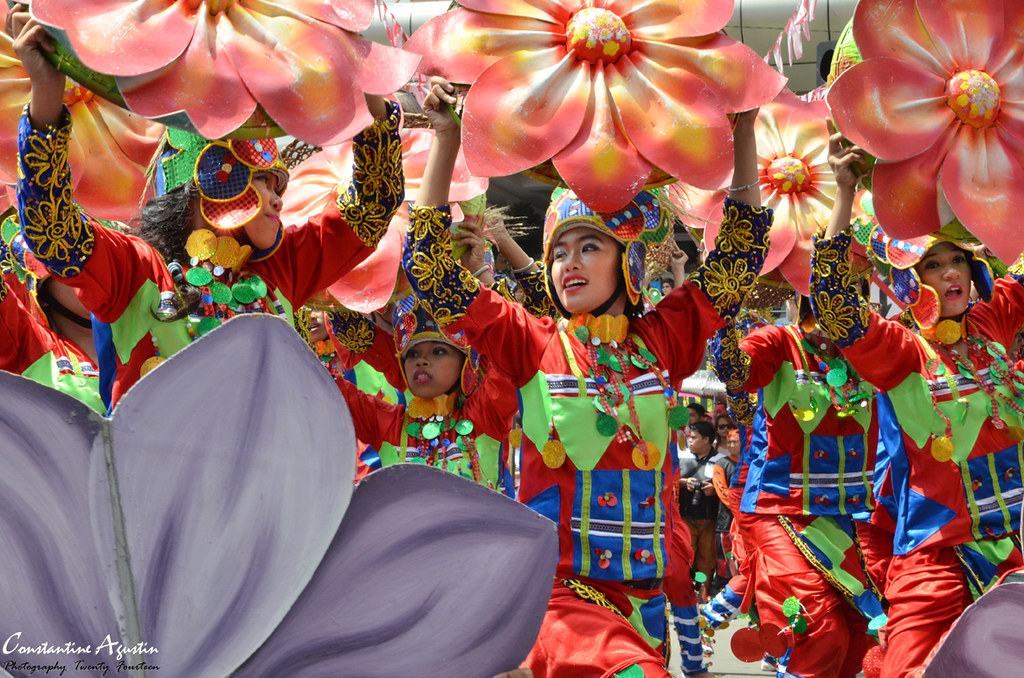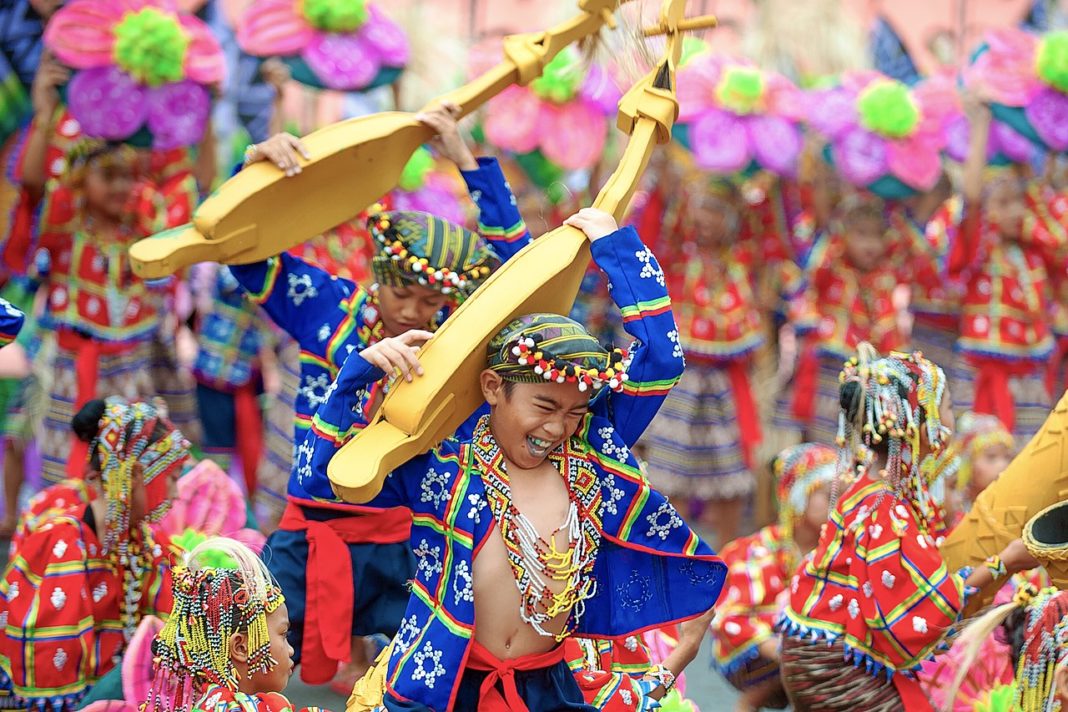The festival’s name is derived from the Mandaya word “madayaw,” meaning treasured or valuable, as the locals use this time to give thanks for the season’s bountiful harvest.
 Back in the day, the ethnic tribes of Davao would come together to celebrate abundant crops, performing rituals that paid tribute to the nature gods. They used to display fruits, vegetables, flowers, rice, and corn grains on their mats and at the front of their houses as a sign of respect for the great year they’ve had. They used to sing and dance as well, much like what they do today.
Back in the day, the ethnic tribes of Davao would come together to celebrate abundant crops, performing rituals that paid tribute to the nature gods. They used to display fruits, vegetables, flowers, rice, and corn grains on their mats and at the front of their houses as a sign of respect for the great year they’ve had. They used to sing and dance as well, much like what they do today.
 In the 1970s, then Mayor Elias B. Lopez, encouraged the different Davao tribes to showcase their thanksgiving rituals. In 1986, the Davao City government launched a project that aimed to unite the people during the turbulent times of the Martial Law.
In the 1970s, then Mayor Elias B. Lopez, encouraged the different Davao tribes to showcase their thanksgiving rituals. In 1986, the Davao City government launched a project that aimed to unite the people during the turbulent times of the Martial Law.
Back then, the name of the festival was called Apo Duwaling, after three natural wonders you can find the region: Mt. Apo, Durian, and Waling-waling. In 1988, the festival was officially named “Kadayawan Festival” by then Mayor Rodrigo Duterte.
 One of the highlights of the Kadayawan Festival is the Indak-Indak sa Kadalanan, which translates to street dancing. This is a showcase of the diverse indigenous cultures of the region. The festivities feature different communities in Mindanao dancing in vibrant costumes that highlight their indigenous heritage.
One of the highlights of the Kadayawan Festival is the Indak-Indak sa Kadalanan, which translates to street dancing. This is a showcase of the diverse indigenous cultures of the region. The festivities feature different communities in Mindanao dancing in vibrant costumes that highlight their indigenous heritage.
There is also a variety of entertainment during the festival period and a variety of local dishes are served throughout the festival.
According to Wikipedia and guidetothephilippines.ph














